Stories Category: Intensive Care
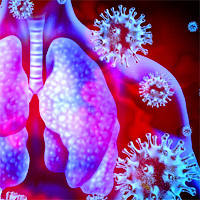
The Value of Decreasing the Duration of the Infectious Period of Severe ARDS COVID-19 Infection
Finding medications or vaccines that may decrease the infectious period of severe acute respiratory syndrome coronavirus 2 (SARS-CoV-2) could potentially reduce transmission in the broader population. We developed a computational... read more
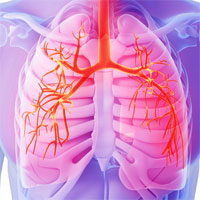
A Novel Negative Pressure-Flow Waveform to Ventilate Lungs for Normothermic Ex Vivo Lung Perfusion
Ex vivo lung perfusion (EVLP) is increasingly used to treat and assess lungs before transplant. Minimizing ventilator induced lung injury (VILI) during EVLP is an important clinical need, and negative pressure ventilation... read more
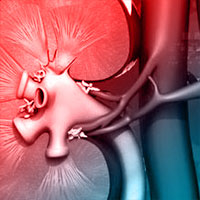
Management of late onset urea cycle disorders-a remaining challenge for the intensivist?
Awareness of urea cycle disorders in adults intensive care units can optimize early management and accordingly dramatically improve prognosis. By preventing hyperammonemia to induce brain edema and herniation leading to death. Hyperammonemia... read more
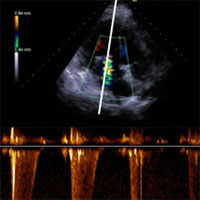
Estimate Artery Occlusion Pressure in Critically Ill Patients Under Mechanical Ventilation Using Doppler Echocardiography
In mechanically ventilated critically ill patients, Doppler transthoracic echocardiography indices are highly specific but not sensitive to estimate pulmonary artery occlusion pressure. Transmitral early velocity wave... read more
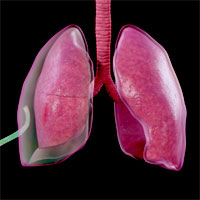
Inadvertent direct pulmonary artery catheterization complicating the effort for subclavian venous cannulation and central venous catheter placement
Subclavian access is commonly used in the intensive care unit (ICU) for central venous catheterization. Many complications have been reported during the placement of central venous catheters including pneumothorax, hemothorax,... read more

Allergic Reactions After Receipt of the First Dose of Pfizer-BioNTech COVID-19 Vaccine
Early safety monitoring of the Pfizer-BioNTech COVID-19 vaccine has detected 21 cases of anaphylaxis after reported administration of 1,893,360 first doses of Pfizer-BioNTech COVID-19 vaccine (11.1 cases per million vaccine... read more

Allergic Reactions to COVID-19 Vaccine
To date, the development of mRNA vaccines for the prevention of infection with the severe acute respiratory syndrome coronavirus 2 (SARS-CoV-2) has been a success story, with no serious concerns identified in the ongoing... read more

How to be EPIC in the COVID-19 Era
Evolution is afoot. It's entirely possible you have noticed somewhat of an alteration in the world around us. A pandemic—the downwind effect of a miniscule strand of RNA and its lollipop-studded shell, a savage little virus... read more

The Risk of False Negative Results with the Curative COVID-19 Test
The U.S. Food and Drug Administration (FDA) is alerting patients and health care providers of the risk of false results, particularly false negative results, with the Curative SARS-Cov-2 test. Risks to a patient of a... read more

FDA Warns Against Cutting the COVID-19 Vaccine Dosing in Half
The Food and Drug Administration (FDA) is warning health care workers that any changes to the authorized dosing schedules of COVID-19 vaccines currently being administered would significantly place public health at risk and... read more

Understanding Moral Injury
The Understanding Moral Injury video was put together by the LTLC-Critical Care programme. This is an HEE and NHSEI initiative aimed at supporting the cross-skilling of the London NHS workforce to manage existing and spikes... read more
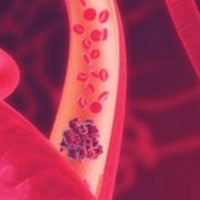
Unexpectedly High Frequency of Enterococcal Bloodstream Infections in COVID-19 Patients Admitted to an Italian ICU
Coronavirus disease 2019 seemed to increase the frequency of bloodstream infections (particularly Enterococcus-related bloodstream infection) after ICU admission. This may have been due to enteric involvement in patients... read more

Ivermectin for COVID-19, Breakthrough Treatment or Hydroxychloroquine Redux?
It’s an indisputable fact that we need better treatments for COVID-19. This is particularly true in the outpatient setting. Let’s count how many we have today, hmm, this shouldn’t take long. That would be zero —... read more

How I Prescribe CRRT
Continuous renal replacement therapy (CRRT) delivers gradual clearance of solutes, fluid balance control, and haemodynamic stability. CRRT does not appear to increase survival compared to intermittent renal replacement therapy... read more

Pfizer and BioNTech Speed Up Timeline for COVID-19 Vaccine
Pfizer and its partner BioNTech plan to offer their Covid-19 vaccine to any clinical trial volunteer who received placebo by March 1, several months earlier than initially planned. The decision represents the conclusion... read more
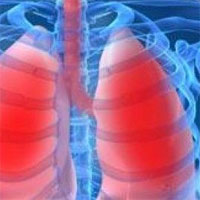
Transfusion Associated Circulatory Overload
A 67-year-old female with a history of congestive heart failure and CKD was brought in by ambulance from her nursing home for a gastrointestinal bleed. The patient’s total fluid balance from her nursing home was 2.5L over... read more

Artificial Intelligence in Telemetry: What Clinicians Should Know
Advances in artificial intelligence are beginning to unlock the potential of telemetry data to directly inform diagnosis and personalized treatment. We can see hints of this in considering the case above. Is a second... read more








